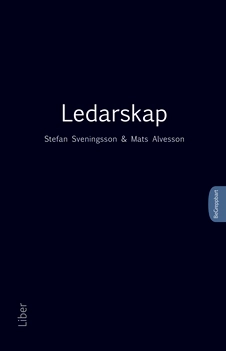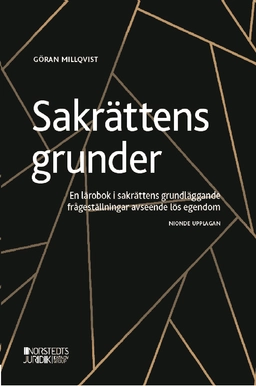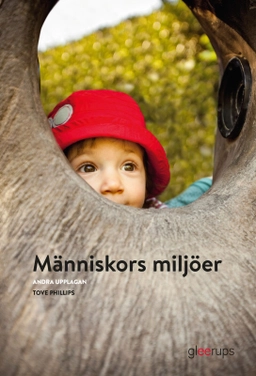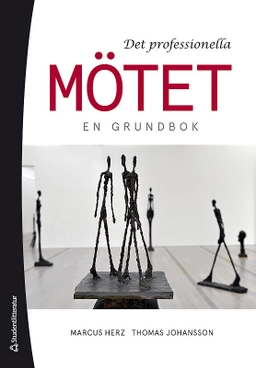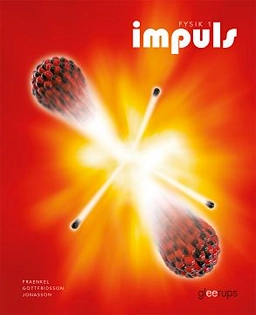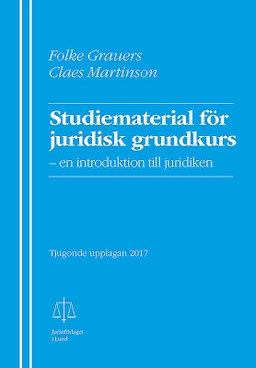"The purpose of this study is to give a thorough and detailed account and analysis of the semantics of twelve Swedish dimensional adjectives: hog `high/tall,' lag `low,' bred `broad/wide,' smal `narrow/thin,' vid `broad,' trang `narrow,' tjock `thick,' tunn `thin,' djup `deep,' grund `narrow,' lang `long,' and kort `short.' Focus has been placed on their spatial, non-metaphorical sense. The study was written within the framework of cognitive linguistics, where lexical definitions may be given in terms of prototypical and peripheral uses. Four sources of data have been considered: a corpus, consisting of contemporary fiction, an elicitation test, designed for the purpose, dictionary articles on the pertinent adjectives, and the author's own linguistic intuition as a native speaker. The methodology has involved categorization of combinations of adjective and noun, based upon three major themes: orientation, function, and shape. In order to determine prototypical uses, precedence has been given to the outcome of the elicitation test over the corpus search. For both sources, frequency has played an important part. The ranking of senses as stated in the dictionary articles has also been considered. The results indicate that the dimensional adjectives differ quite markedly from each other, as opposed to a structural view where the adjectives traditionally have been regarded as forming a neat patchwork."
Åtkomstkoder och digitalt tilläggsmaterial garanteras inte med begagnade böcker








